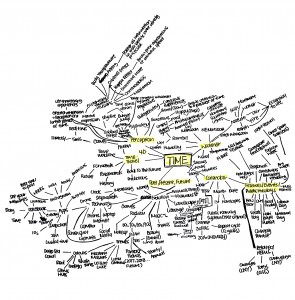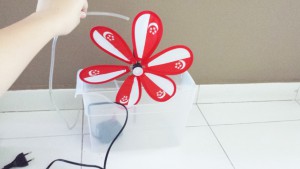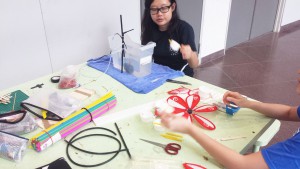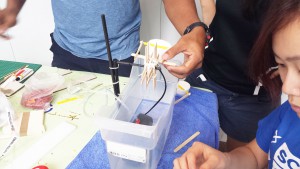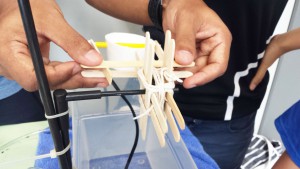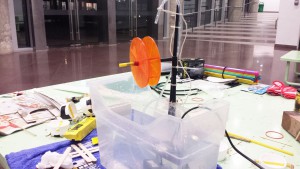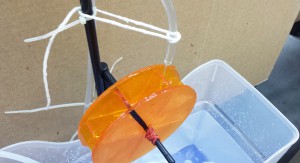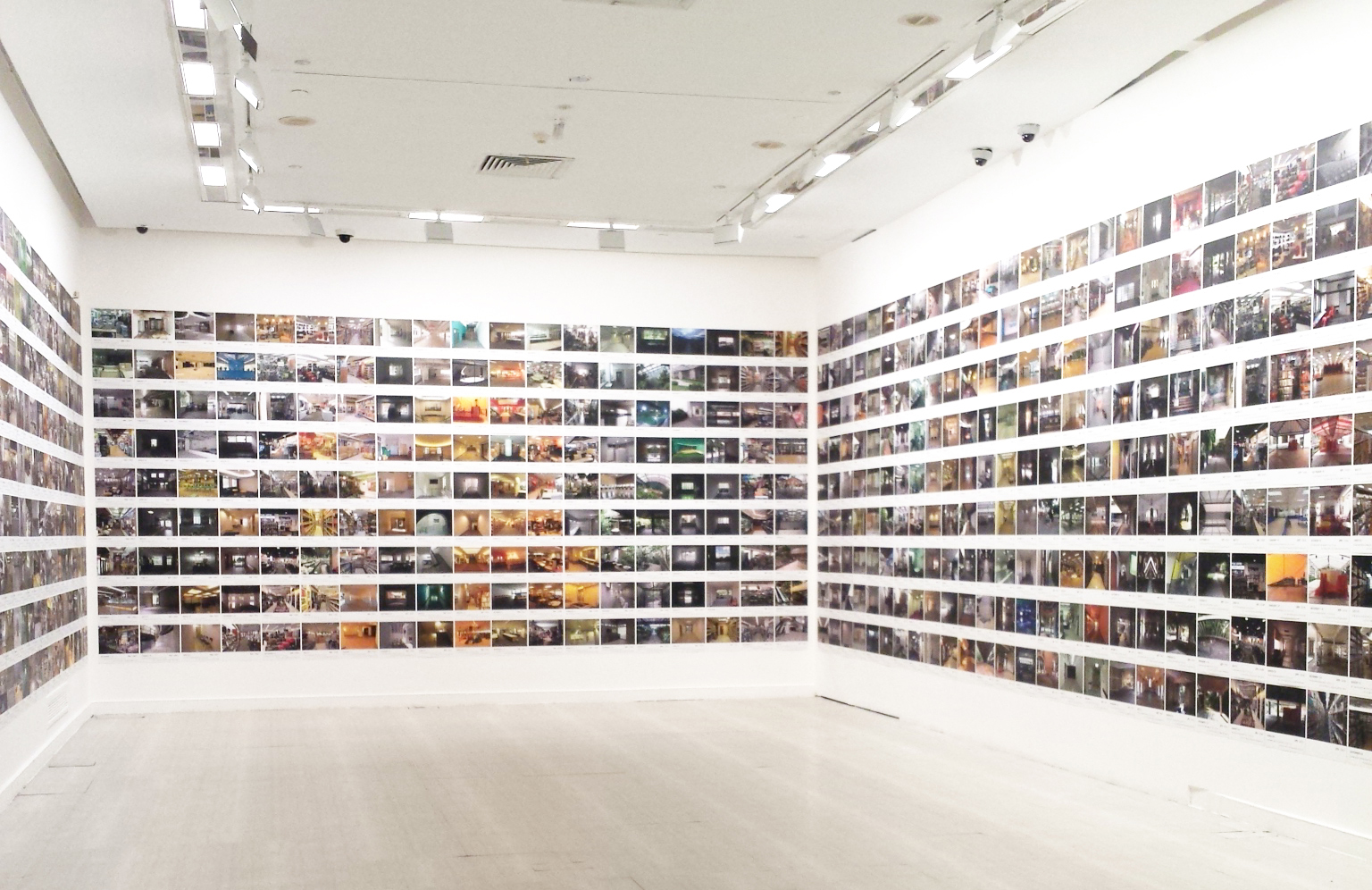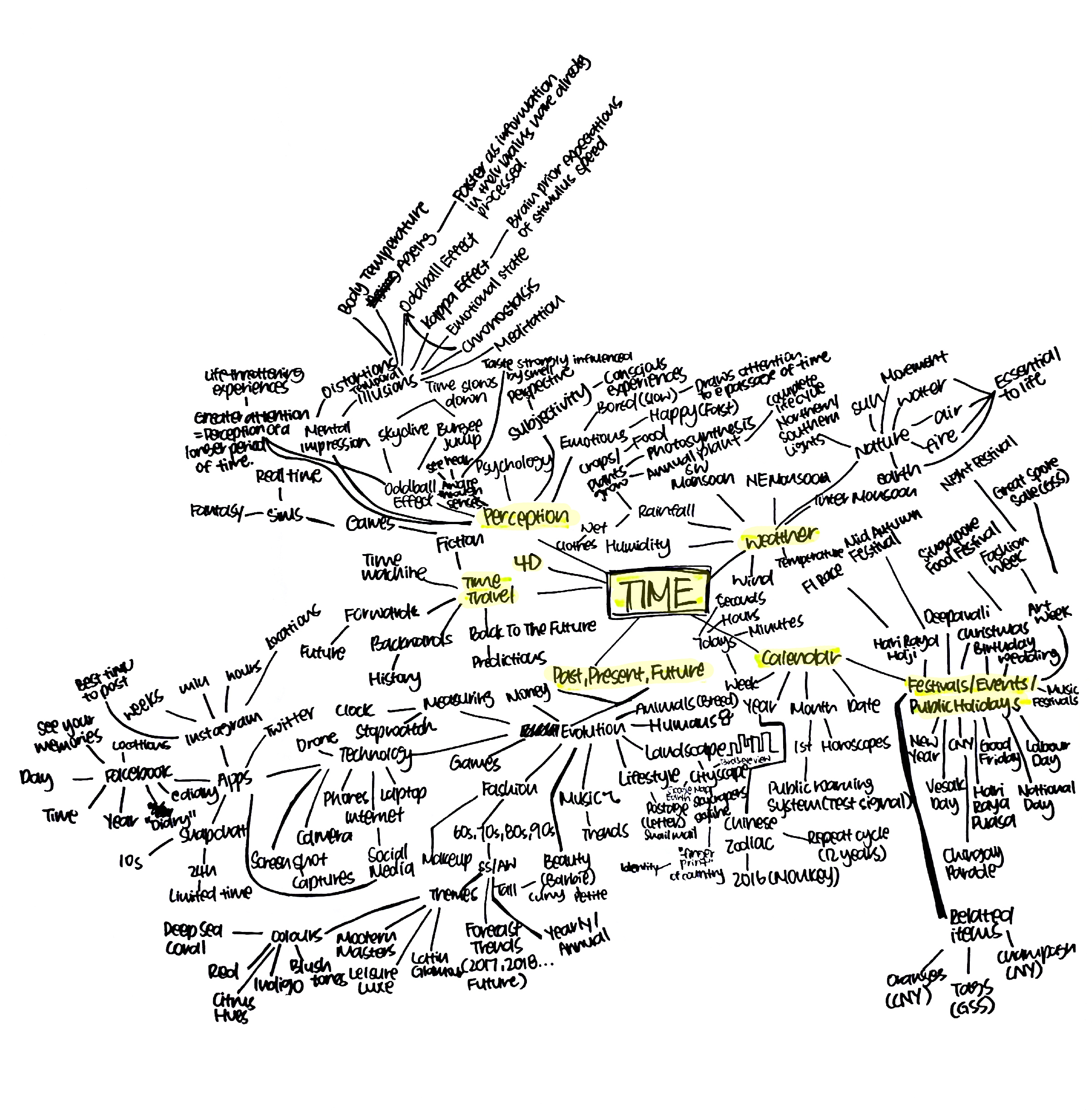
Mindmap
Idea
There are many instances when I feel that time flies very quickly and vice versa (I’m sure there are other people who feels the same way too, just during different moments based on personal experiences). Thus, I decided to explore on Time Perception as I felt it is an interesting topic that most individuals could relate to in general.
Through my research, I found out that human brain is the core towards how we perceive time. When mental impression is created, it brings about temporal illusions and distortions in the perception of time due to various reasons/experiences. There are different forms of temporal illusions such as the kappa effect (the brain expects constant motion), chronostasis (similar to oddball effect where the brain experiences unusual events that requires it to pay more attention and time to process it),emotional states (happy vs bored) and more.
One of the reason as to why individuals might perceived time to be slow is because when the brain receives a lot of new informations, it takes awhile to fully process it. The longer the process is, the longer the perceived time would be. For instance when one experiences a life threatening event, he would record the experience that he receives and processes it. This mental action requires a lot of attention and time thus, he would perceive time to be longer than it really is. Contrariwise, when the brain do not need to process so much new informations, time would be perceived to be faster as the process is faster.
Therefore, my idea is the play of perception through typography to depict time as something subjective towards individual experience base on the action of looking at illusionary typography posters. Some who have come in contact or are familiar with illusion stuff would be able to process it faster than those who did not. The ultimate idea is to show how individuals perceive time differently based on the different informations that they have processed in their brains.
